Home>Furniture & Design>Outdoor Furniture>At What Outdoor Temperature Will Pipes Freeze
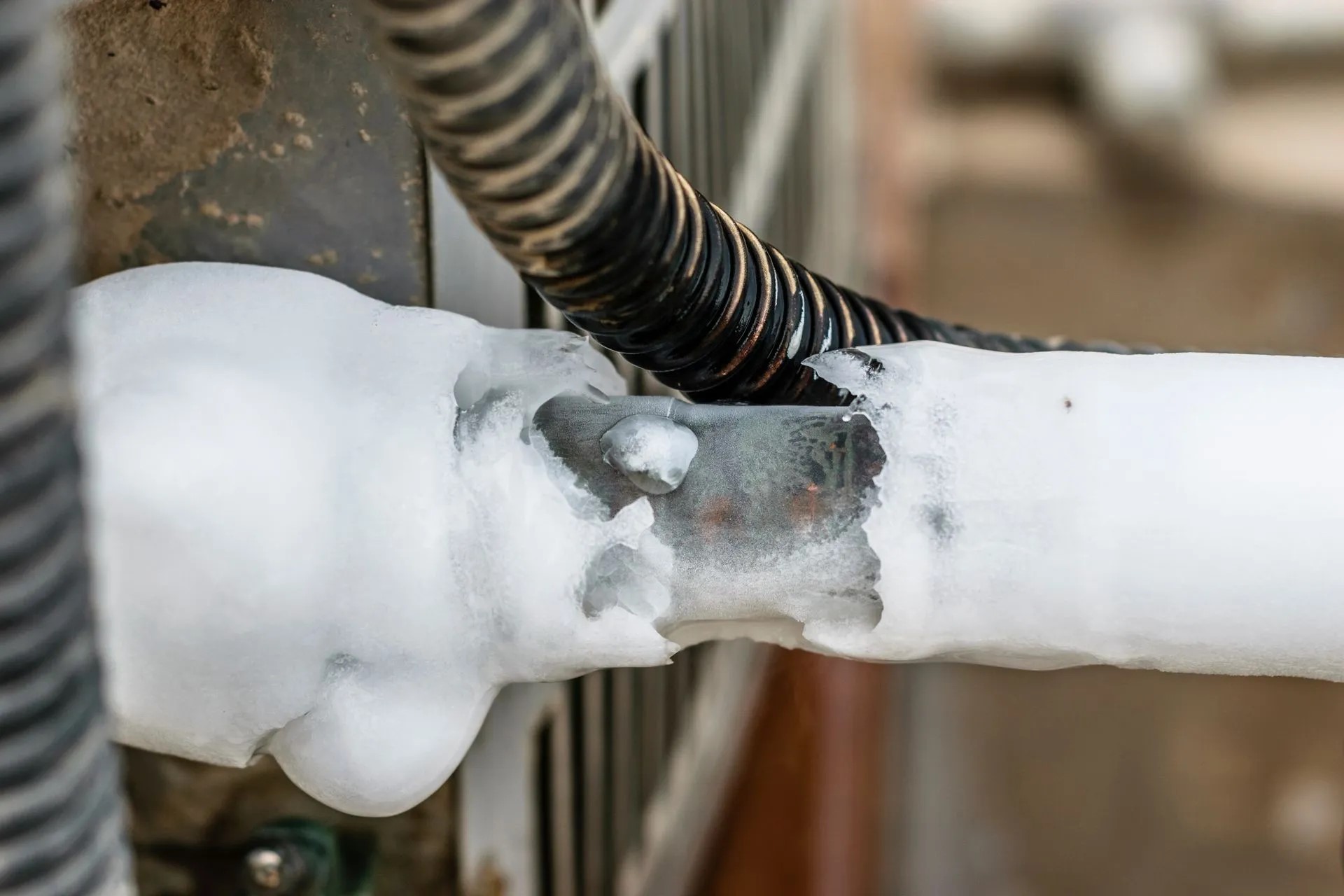

Outdoor Furniture
At What Outdoor Temperature Will Pipes Freeze
Modified: January 23, 2024
Learn how to protect your outdoor furniture from freezing temperatures. Find out at what temperature pipes freeze and how to prevent damage. Keep your outdoor furniture safe with our expert tips.
(Many of the links in this article redirect to a specific reviewed product. Your purchase of these products through affiliate links helps to generate commission for Storables.com, at no extra cost. Learn more)
Introduction
Read more: What Temperature Do Mums Freeze
Understanding the Impact of Outdoor Temperature on Pipe Freezing
When the chill of winter sets in, it's essential to consider the potential impact on your home's plumbing. As outdoor temperatures plummet, the risk of pipes freezing becomes a significant concern for many homeowners. Understanding the relationship between outdoor temperatures and pipe freezing is crucial for safeguarding your plumbing system and preventing costly damage.
In this comprehensive guide, we will delve into the science behind the freezing point of water, explore the factors that influence pipe freezing, identify the telltale signs of frozen pipes, and provide practical tips for preventing this common wintertime issue. By gaining insights into these aspects, you'll be empowered to protect your home from the perils of frozen pipes and ensure the uninterrupted functionality of your plumbing system during the coldest months of the year.
Let's embark on a journey to unravel the mysteries of pipe freezing and equip ourselves with the knowledge needed to navigate the winter season with confidence.
Key Takeaways:
- Protect your home from frozen pipes by insulating, sealing cracks, and maintaining adequate heating. Stay vigilant for warning signs and seek professional guidance to prevent costly damage.
- Understand the freezing point of water, factors affecting pipe freezing, and signs of frozen pipes. Implement preventative measures to fortify your plumbing system and navigate winter with confidence.
Understanding the Freezing Point of Water
At its core, the freezing point of water is the temperature at which it transitions from a liquid state to a solid state, forming ice. This critical transition occurs at 32 degrees Fahrenheit (0 degrees Celsius) at sea level. However, the freezing point can be influenced by various factors, such as pressure and impurities in the water.
It’s important to note that water can remain in a liquid state below 32 degrees Fahrenheit if it is under pressure. This phenomenon is commonly observed in pressurized plumbing systems, where water can exist as a liquid despite being exposed to temperatures below its standard freezing point. However, when this pressurized water exits a faucet or a crack develops in the plumbing, it can rapidly expand and freeze as it encounters the lower pressure and colder air, leading to potential pipe damage.
Furthermore, the presence of impurities in water, such as minerals and debris, can lower the freezing point below 32 degrees Fahrenheit. This means that water containing impurities may start to freeze at slightly lower temperatures than pure water. Understanding these nuances is crucial for comprehending the behavior of water within plumbing systems and anticipating the risks associated with subfreezing outdoor temperatures.
By grasping the fundamental principles of the freezing point of water and its susceptibility to external influences, homeowners can better appreciate the potential vulnerabilities of their plumbing infrastructure when confronted with cold weather conditions. This awareness forms the basis for implementing proactive measures to safeguard against the detrimental effects of frozen pipes.
Factors Affecting Pipe Freezing
Several factors contribute to the susceptibility of pipes to freezing when exposed to outdoor temperatures. Understanding these influences is pivotal in assessing the risk posed to your plumbing system during cold spells. Here are the primary factors affecting pipe freezing:
- Insulation: Inadequate insulation, particularly in unheated or exposed areas of a property, can leave pipes vulnerable to freezing. Insulation serves as a barrier against the frigid outdoor air, helping to maintain the temperature of the water within the pipes above the freezing point.
- Exterior Temperature: The ambient outdoor temperature plays a significant role in determining the likelihood of pipe freezing. Prolonged exposure to subfreezing temperatures increases the risk of water within the pipes solidifying and causing damage.
- Wind Chill: Wind chill can intensify the rate at which pipes lose heat to their surroundings, hastening the potential for freezing. Even pipes located within insulated spaces can be affected by wind chill, especially if they are near drafts or poorly sealed openings.
- Proximity to Cold Air: Pipes located in unheated areas, such as basements, attics, or crawl spaces, are particularly susceptible to freezing due to their exposure to colder air. Additionally, pipes situated near exterior walls or unsealed openings are at heightened risk.
- Water Flow: Stagnant water is more prone to freezing than flowing water. Low water flow rates or infrequent use of certain faucets can increase the likelihood of frozen pipes, especially in areas with minimal insulation.
- Previous Incidents: Properties with a history of frozen pipes are at a higher risk of recurrence. It is crucial to address underlying insulation or structural issues to prevent reoccurrences and mitigate potential damage.
By taking these factors into account, homeowners can assess the vulnerability of their plumbing system to freezing and implement targeted measures to minimize the associated risks. Proactive maintenance and strategic interventions can significantly reduce the likelihood of frozen pipes and the subsequent inconvenience and expense of repairs.
Signs of Frozen Pipes
Identifying the warning signs of frozen pipes is crucial for taking prompt action to prevent potential damage and plumbing disruptions. When outdoor temperatures plummet, remain vigilant for the following indicators that may signal the presence of frozen pipes:
- Reduced Water Flow: If you notice a significant decrease in water flow from faucets, particularly during cold weather, it could indicate that the pipes supplying the fixtures are frozen or partially obstructed by ice. This reduction in water flow is a telltale sign of potential pipe freezing.
- Unusual Odors: The presence of strange odors emanating from faucets or drains can be a sign of a blocked or frozen pipe. This occurrence may be attributed to trapped debris or wastewater due to restricted water flow caused by freezing.
- Frost on Visible Pipes: Inspect any exposed pipes in unheated areas, such as basements, attics, or crawl spaces, for the presence of frost or condensation. The accumulation of frost on the exterior of pipes is a clear indication of potential freezing within the plumbing system.
- Strange Noises: Unusual sounds, such as banging, clanking, or gurgling, coming from the pipes when faucets are turned on or off can signal the presence of frozen sections. These noises may result from the expansion or contraction of the pipes due to ice blockages.
- Visible Damage: In severe cases of frozen pipes, visible damage, such as bulging or cracks, may appear on the affected sections. This visual evidence of compromised pipes necessitates immediate attention to prevent water leakage and further structural issues.
Remaining attentive to these signs during cold weather conditions empowers homeowners to detect potential pipe freezing early, enabling them to take proactive measures to thaw the pipes and mitigate the risk of damage. By promptly addressing the warning signs of frozen pipes, individuals can safeguard their plumbing infrastructure and avert the inconvenience and expense associated with pipe-related issues.
Pipes can freeze when the outdoor temperature drops below 20°F (-6°C). To prevent freezing, insulate pipes and keep the heat on in your home, even when you’re away.
Read more: How To Keep Outdoor Pipes From Freezing
Preventing Frozen Pipes
Implementing proactive measures to prevent frozen pipes is essential for safeguarding your home’s plumbing system during the winter months. By adopting strategic interventions and maintenance practices, homeowners can mitigate the risk of pipe freezing and avert the potential damage and inconvenience associated with this common cold-weather issue. Here are effective strategies for preventing frozen pipes:
- Insulation: Ensure that all exposed pipes, especially those in unheated or vulnerable areas, are adequately insulated. Utilize insulation sleeves, heat tape, or other approved insulation materials to protect pipes from the frigid outdoor air and maintain the temperature of the water within.
- Seal Cracks and Openings: Seal any gaps, cracks, or openings in exterior walls, floors, or foundations to prevent cold drafts from reaching vulnerable pipes. Weather-stripping and caulk can be used to fortify these areas and minimize exposure to cold air.
- Heat Source: For unheated spaces, such as basements, attics, and crawl spaces, consider installing a supplemental heat source, such as a space heater or heat lamp, to maintain temperatures above freezing. Exercise caution and follow safety guidelines when using heating devices.
- Keep Interior Spaces Warm: Maintain adequate heating within the home, especially during periods of extreme cold. Consistent indoor temperatures help protect pipes located in interior walls and utility areas from freezing.
- Allow Faucets to Drip: During exceptionally cold weather, allowing faucets to drip slowly can relieve pressure within the pipes and reduce the risk of freezing. Even a small, steady flow of water can help prevent ice blockages from forming.
- Drain and Disconnect Outdoor Hoses: Before the onset of freezing temperatures, drain and disconnect outdoor hoses, and shut off the water supply to exterior faucets. Store hoses indoors to prevent water from freezing and causing damage to the connected pipes.
- Professional Inspection: Schedule a professional inspection of your plumbing system to identify vulnerable areas and receive expert recommendations for preventing frozen pipes. A licensed plumber can assess potential risks and provide tailored solutions to fortify your plumbing against freezing.
By implementing these preventative measures, homeowners can fortify their plumbing system against the hazards of frozen pipes and minimize the likelihood of costly repairs and water damage. Proactive maintenance and thoughtful interventions are key to ensuring the resilience of your home’s plumbing infrastructure in the face of winter’s icy grip.
Conclusion
As the winter season descends and outdoor temperatures plummet, the risk of frozen pipes looms as a significant concern for homeowners. Understanding the dynamics of pipe freezing, recognizing the warning signs, and implementing preventative measures are crucial steps in fortifying your plumbing system against the perils of cold weather. By comprehending the freezing point of water, acknowledging the factors that influence pipe freezing, and remaining vigilant for potential indicators of frozen pipes, you can proactively protect your home from the disruptive and costly consequences of this common winter issue.
Preventative actions, such as insulation, sealing vulnerable areas, and maintaining adequate heating, serve as effective defenses against frozen pipes. By incorporating these strategies into your winter preparedness routine, you can mitigate the risk of pipe freezing and ensure the uninterrupted functionality of your plumbing system throughout the coldest months of the year. Additionally, seeking professional guidance and scheduling inspections can provide valuable insights and tailored recommendations for reinforcing your plumbing infrastructure against freezing.
By equipping yourself with the knowledge and proactive measures outlined in this guide, you can navigate the winter season with confidence, knowing that you have taken essential steps to protect your home from the hazards of frozen pipes. With a proactive approach and a commitment to preventative maintenance, you can safeguard your plumbing system, preserve your property, and enjoy a worry-free winter, free from the disruptions and expenses associated with frozen pipes.
Armed with this understanding and a proactive mindset, you can embrace the winter season with confidence, knowing that you are well-prepared to confront the challenges of cold weather and safeguard your home against the threat of frozen pipes.
Frequently Asked Questions about At What Outdoor Temperature Will Pipes Freeze
Was this page helpful?
At Storables.com, we guarantee accurate and reliable information. Our content, validated by Expert Board Contributors, is crafted following stringent Editorial Policies. We're committed to providing you with well-researched, expert-backed insights for all your informational needs.
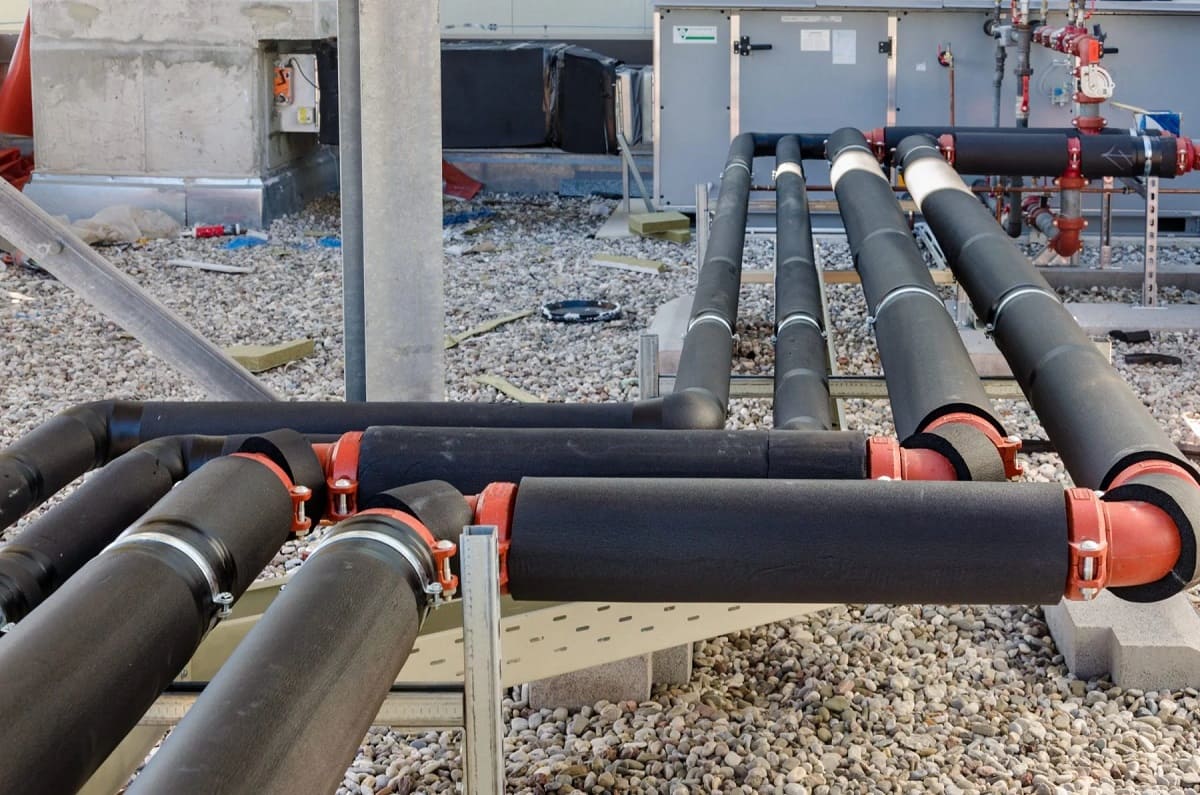
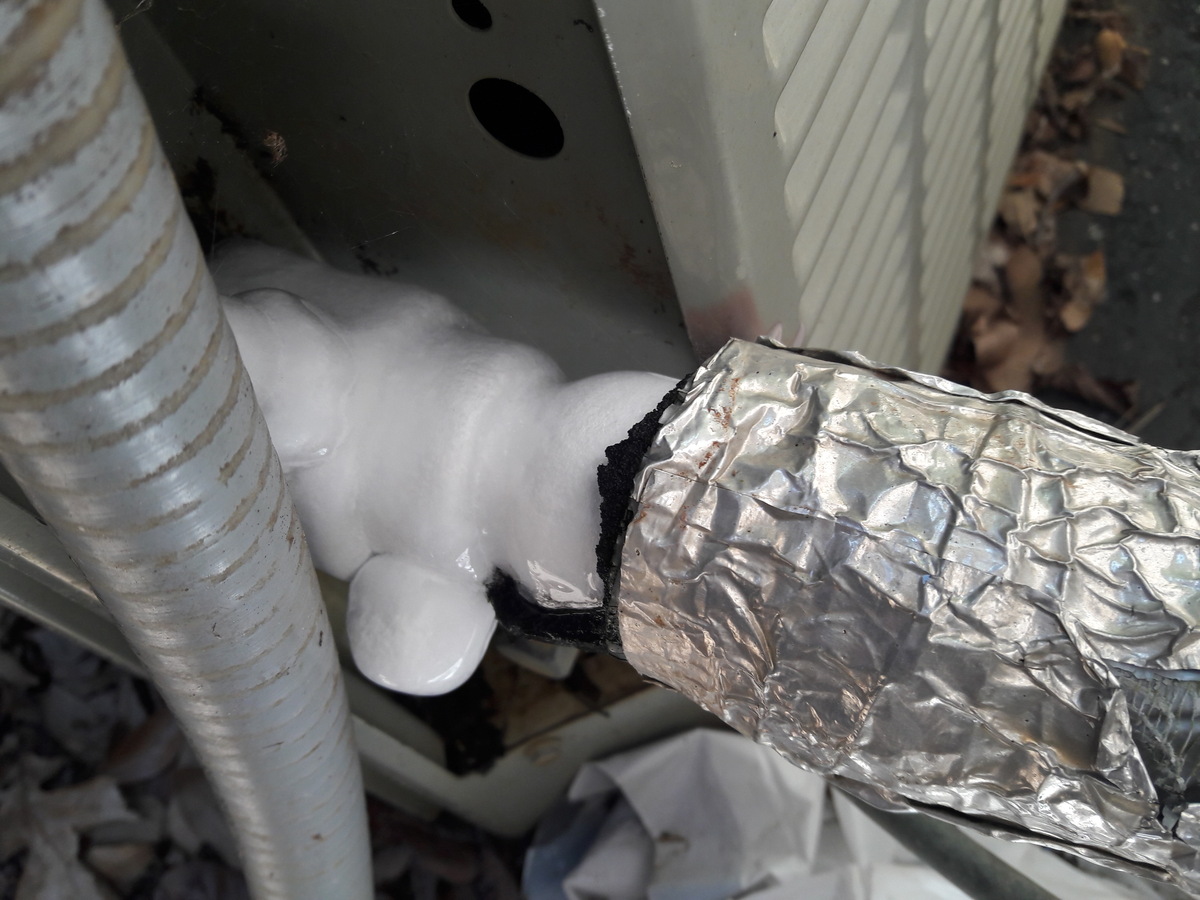
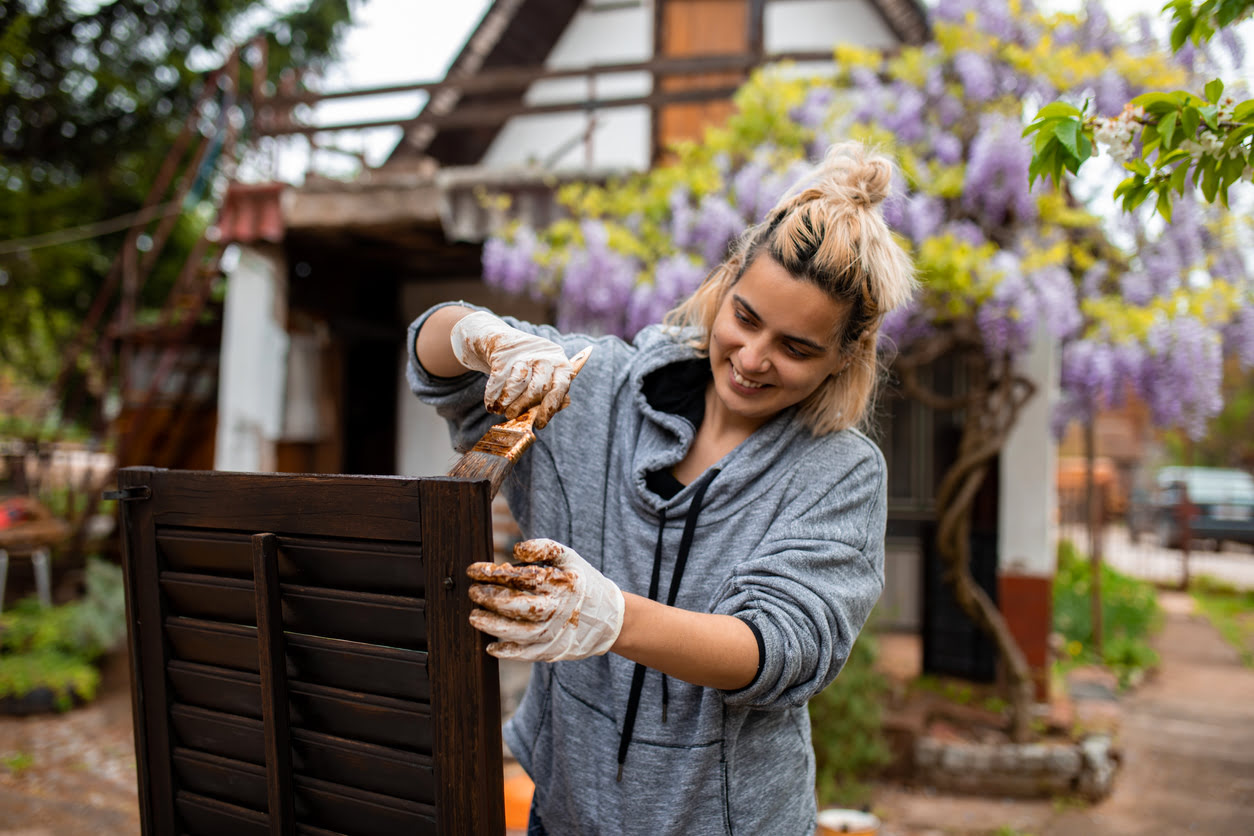
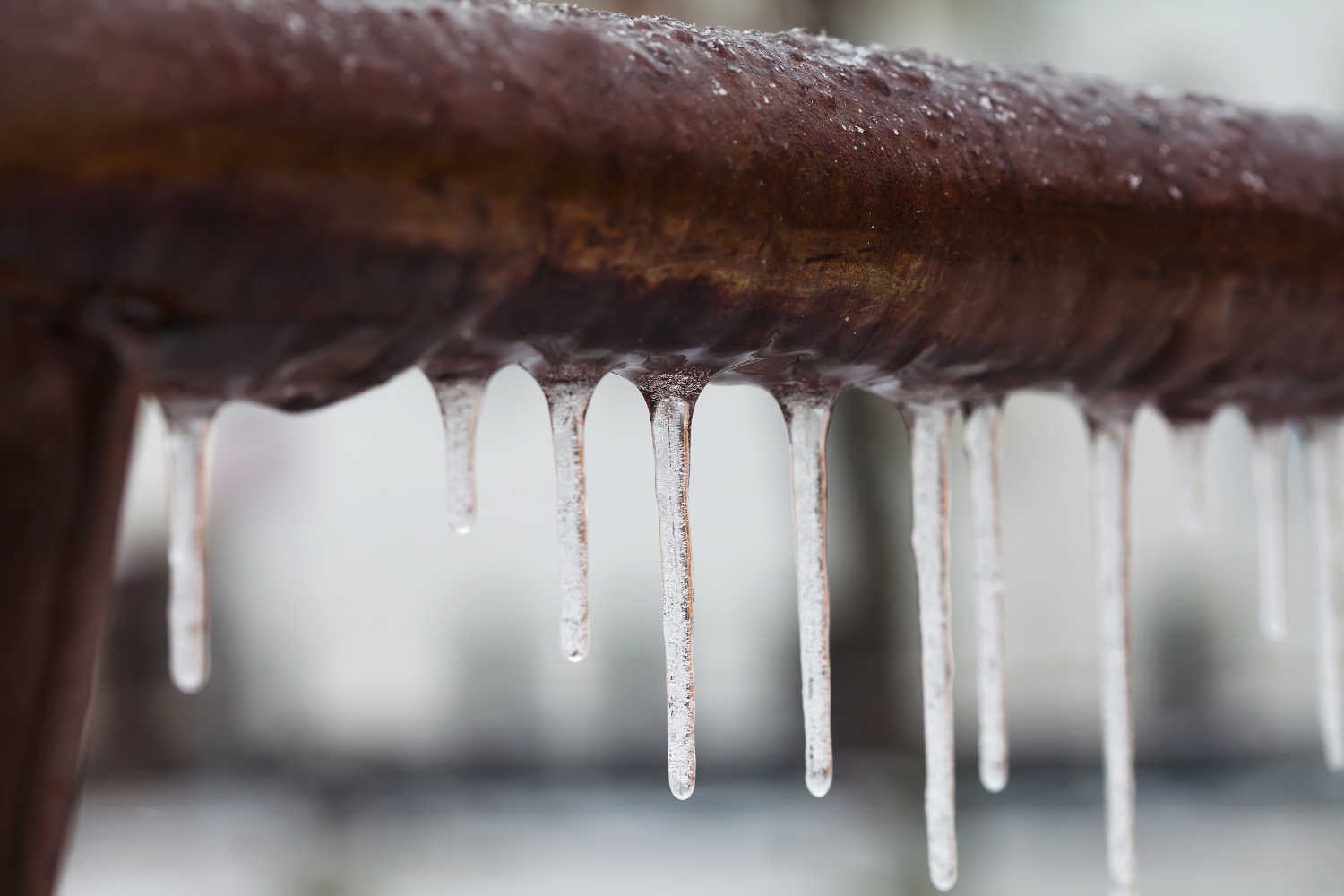
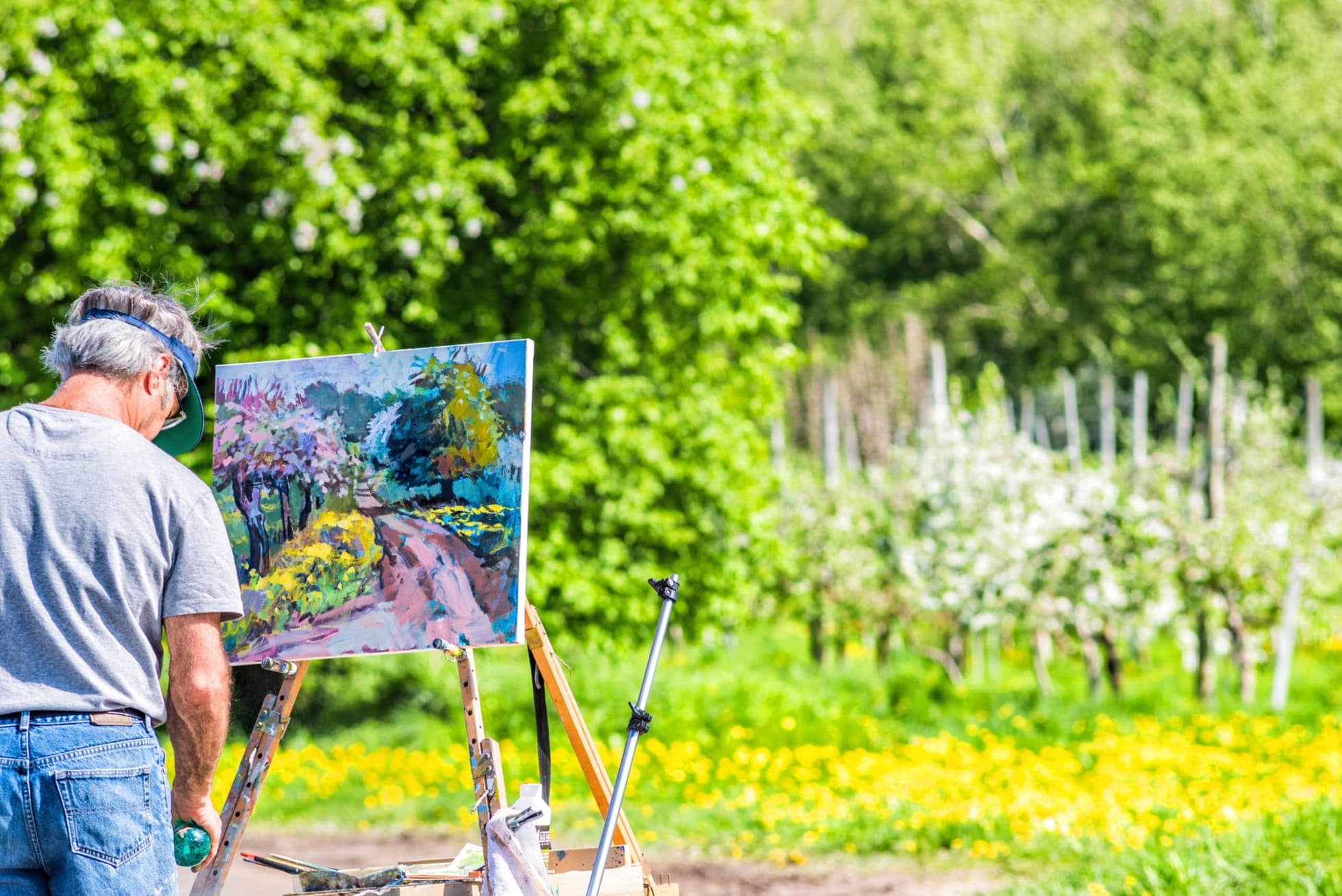
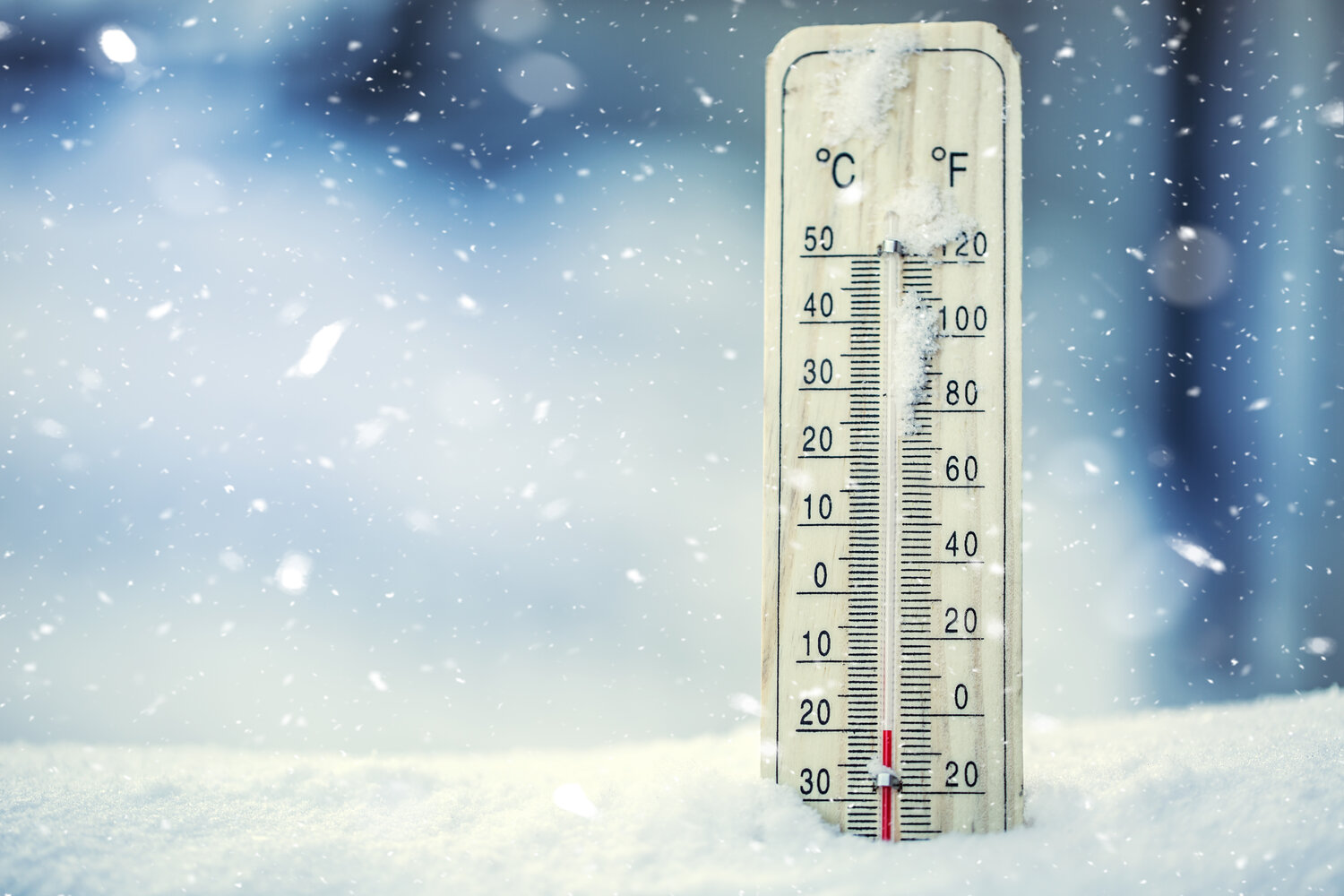
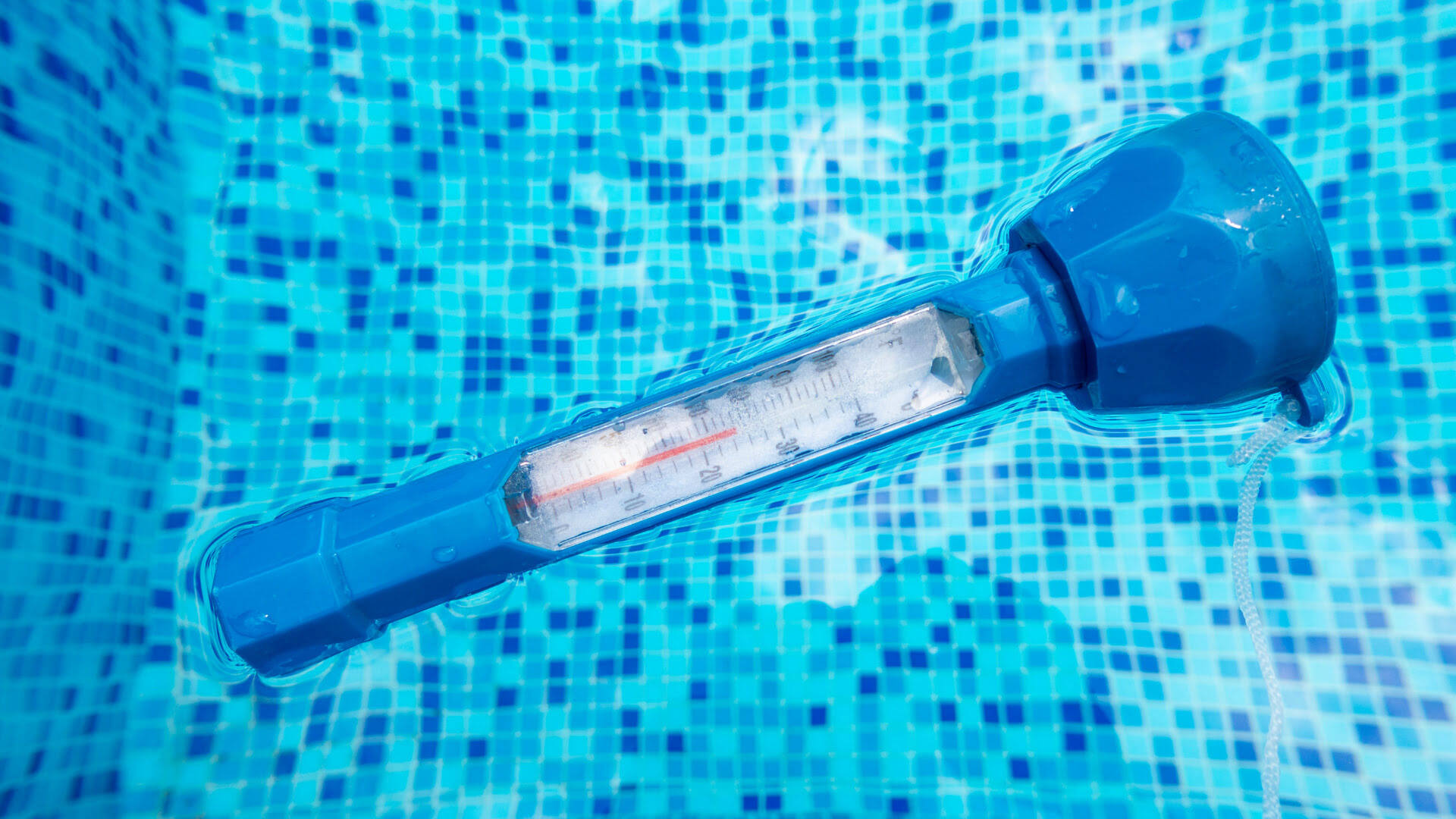
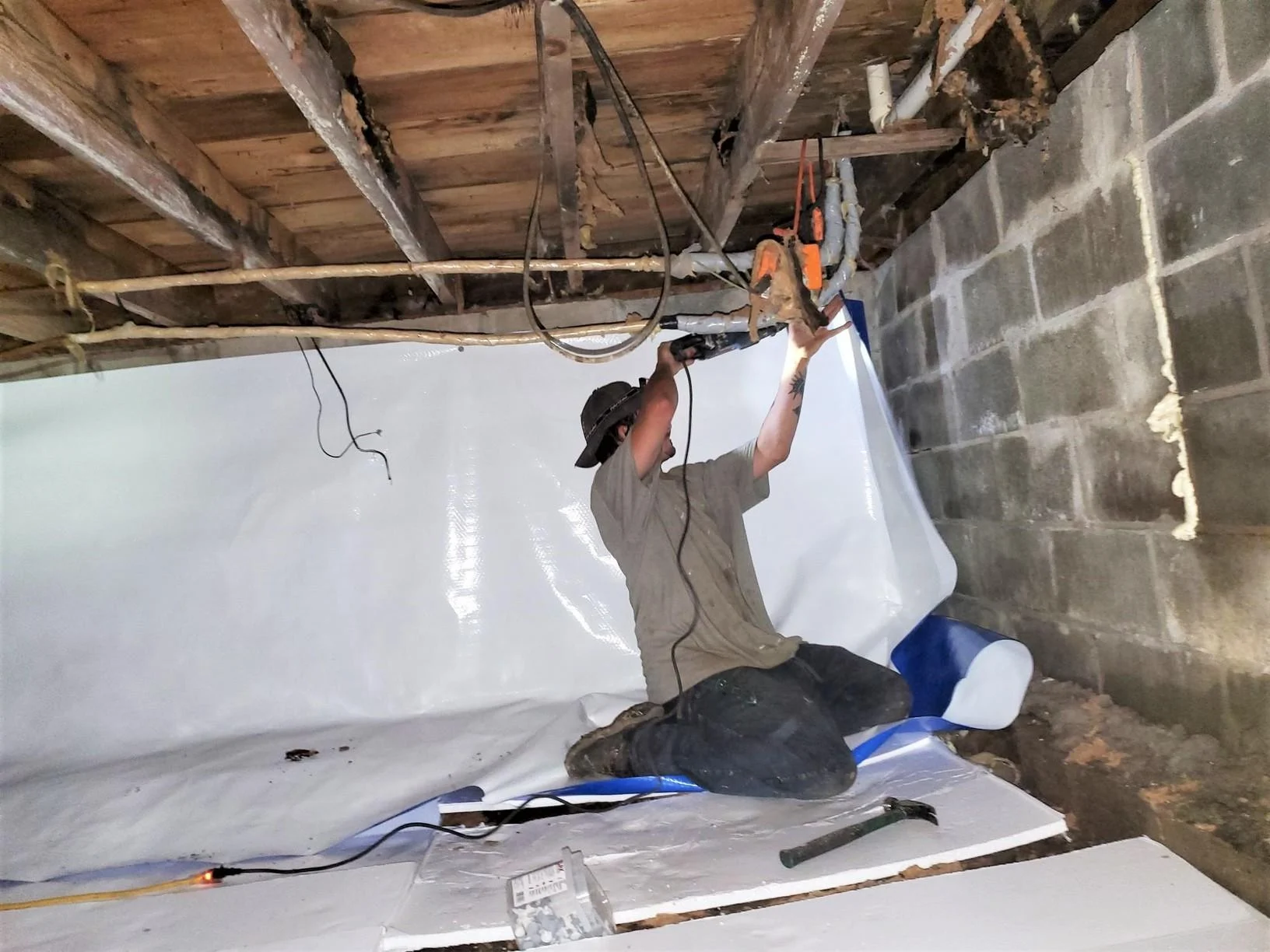
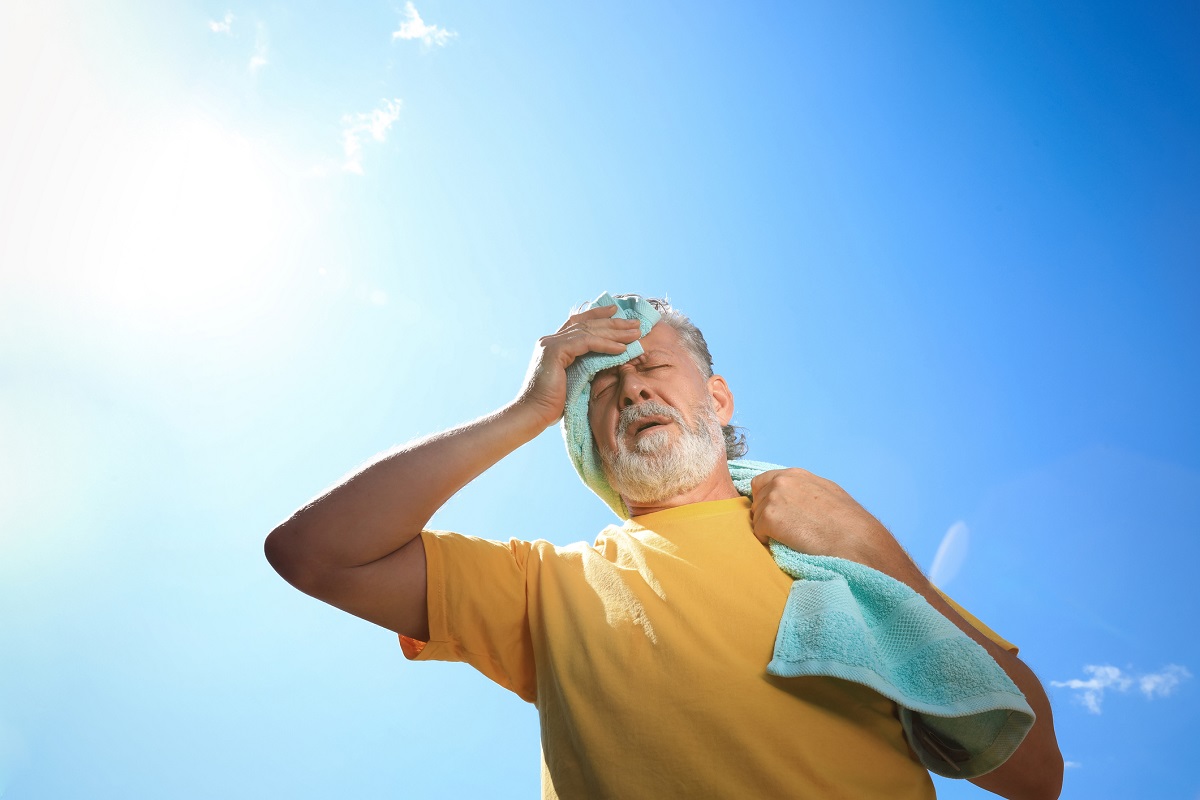
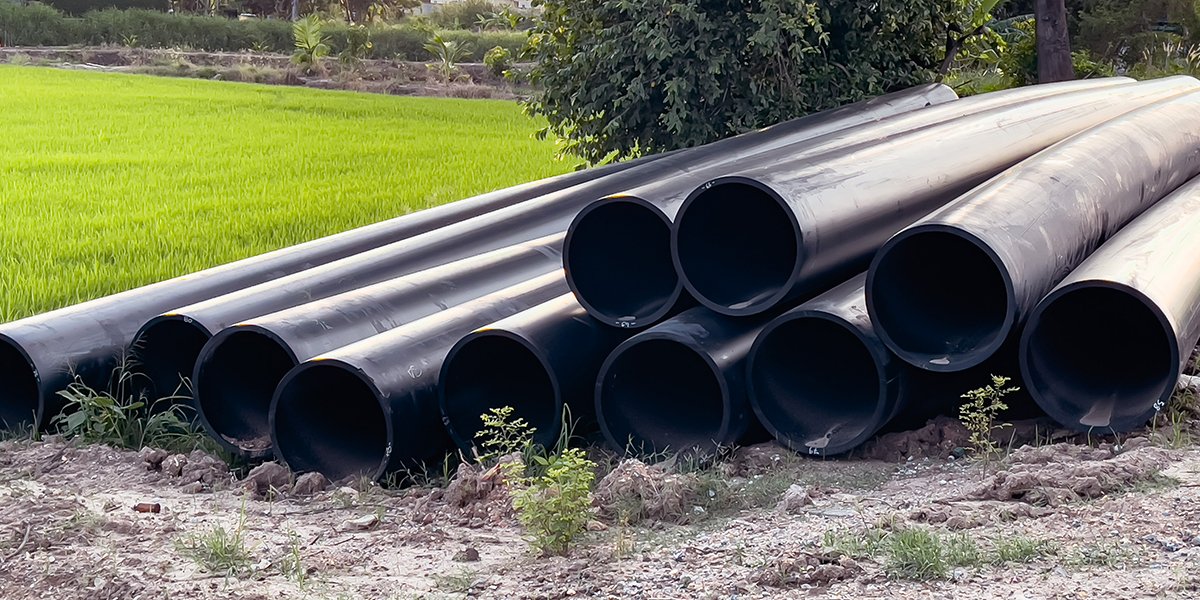
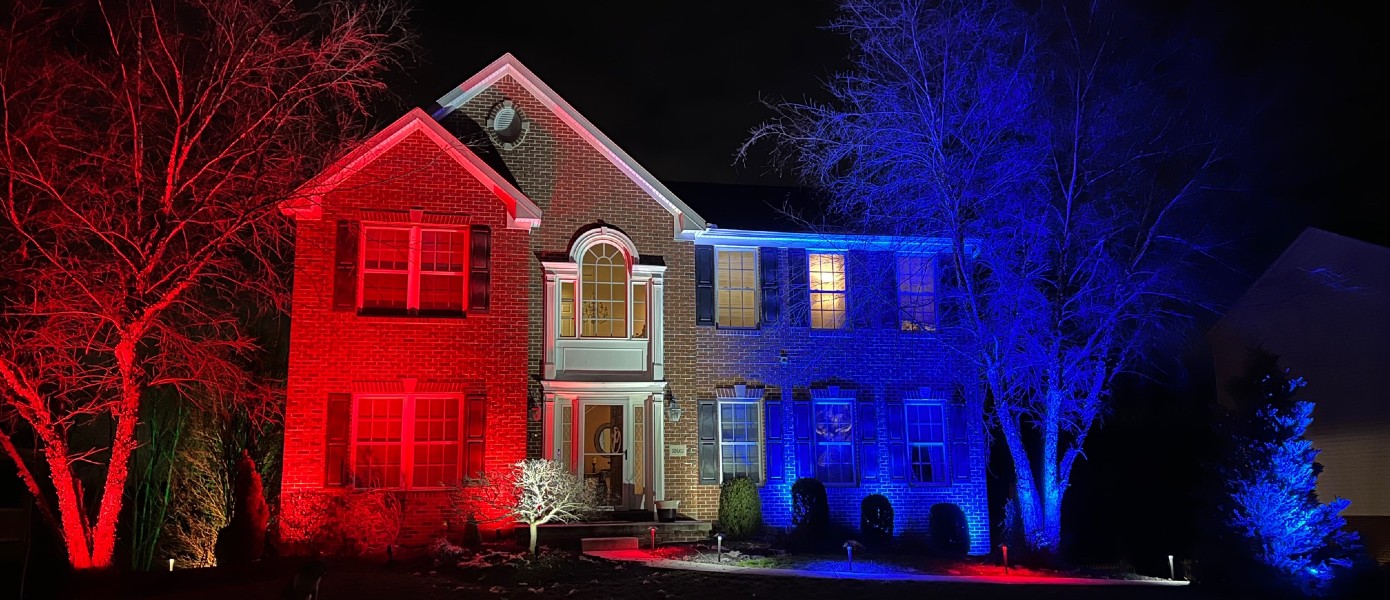
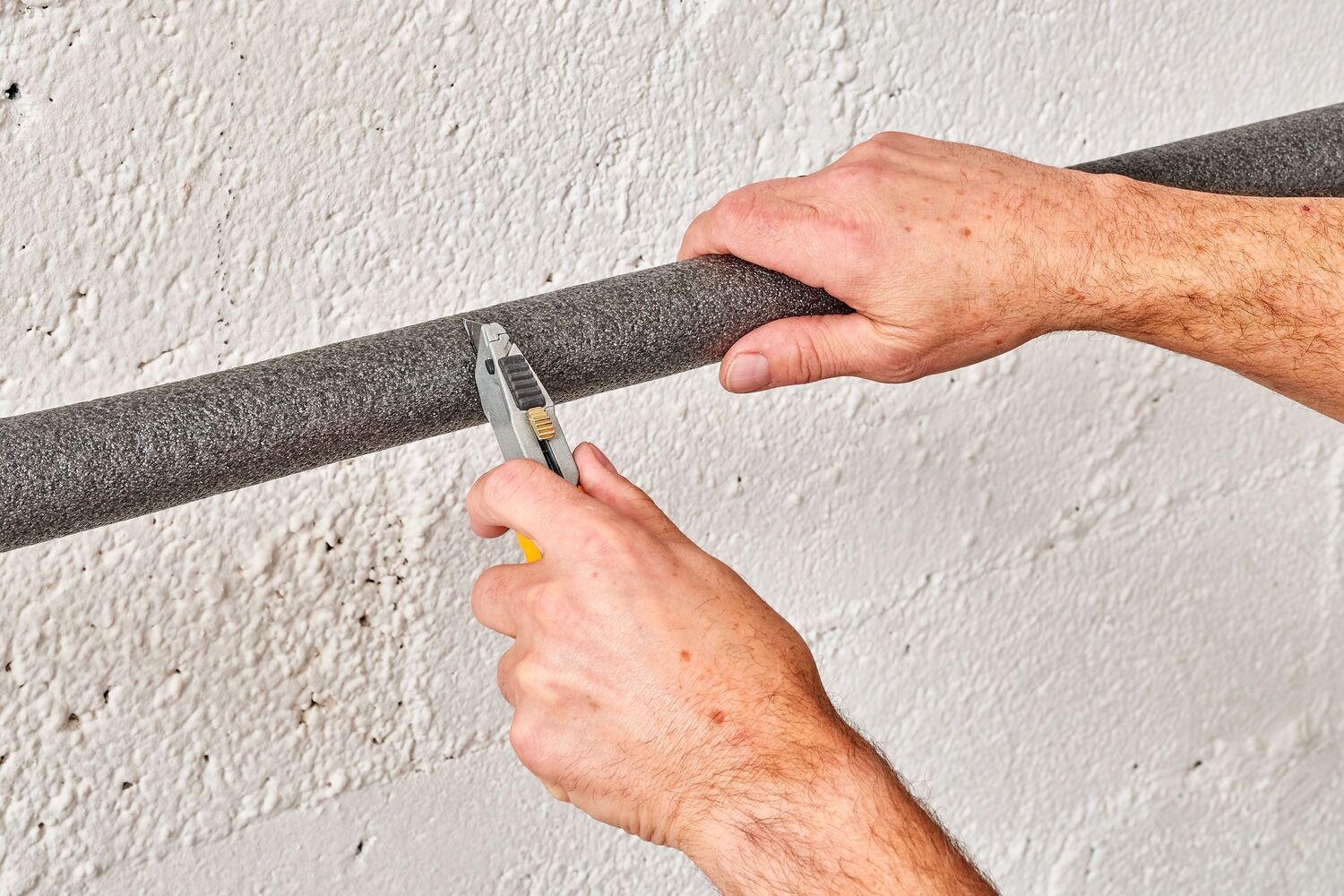
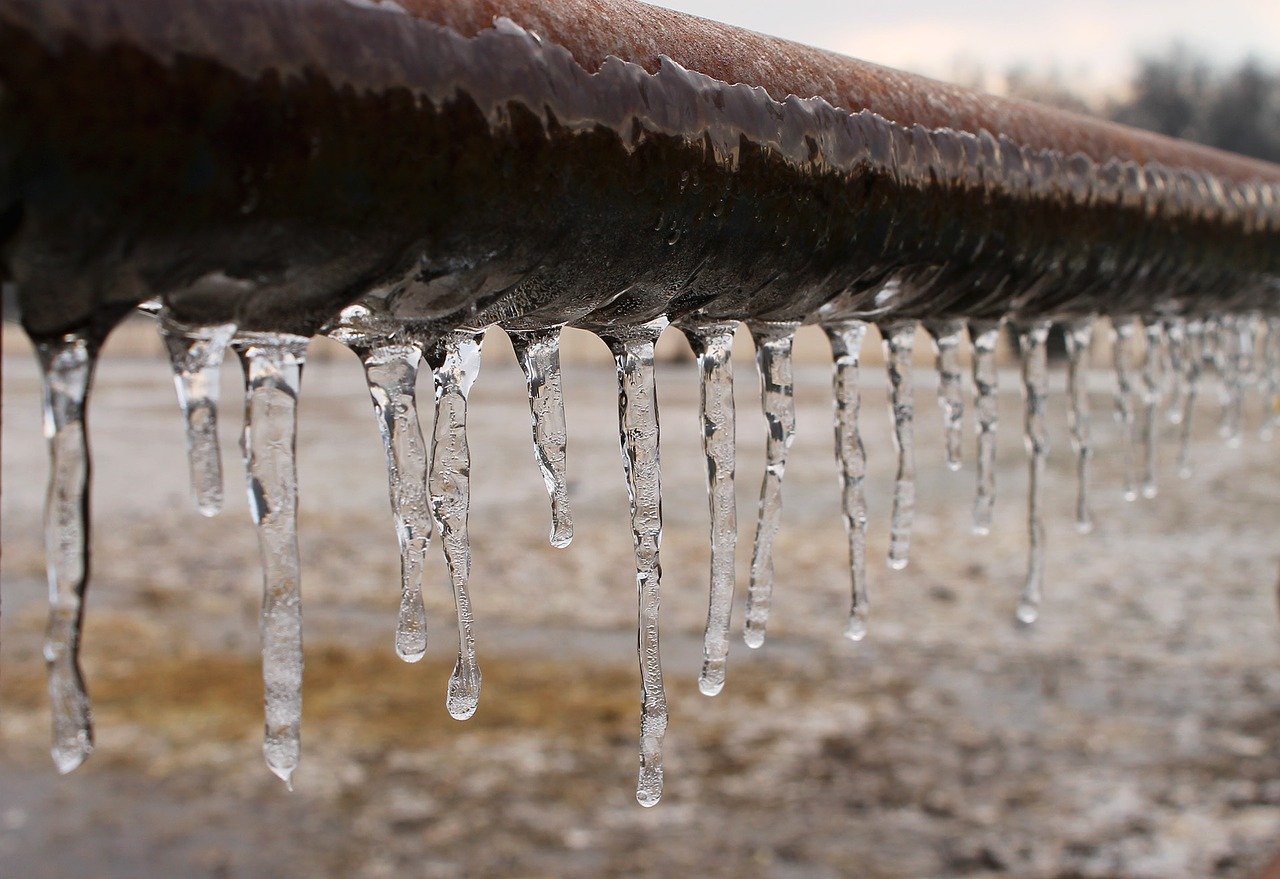
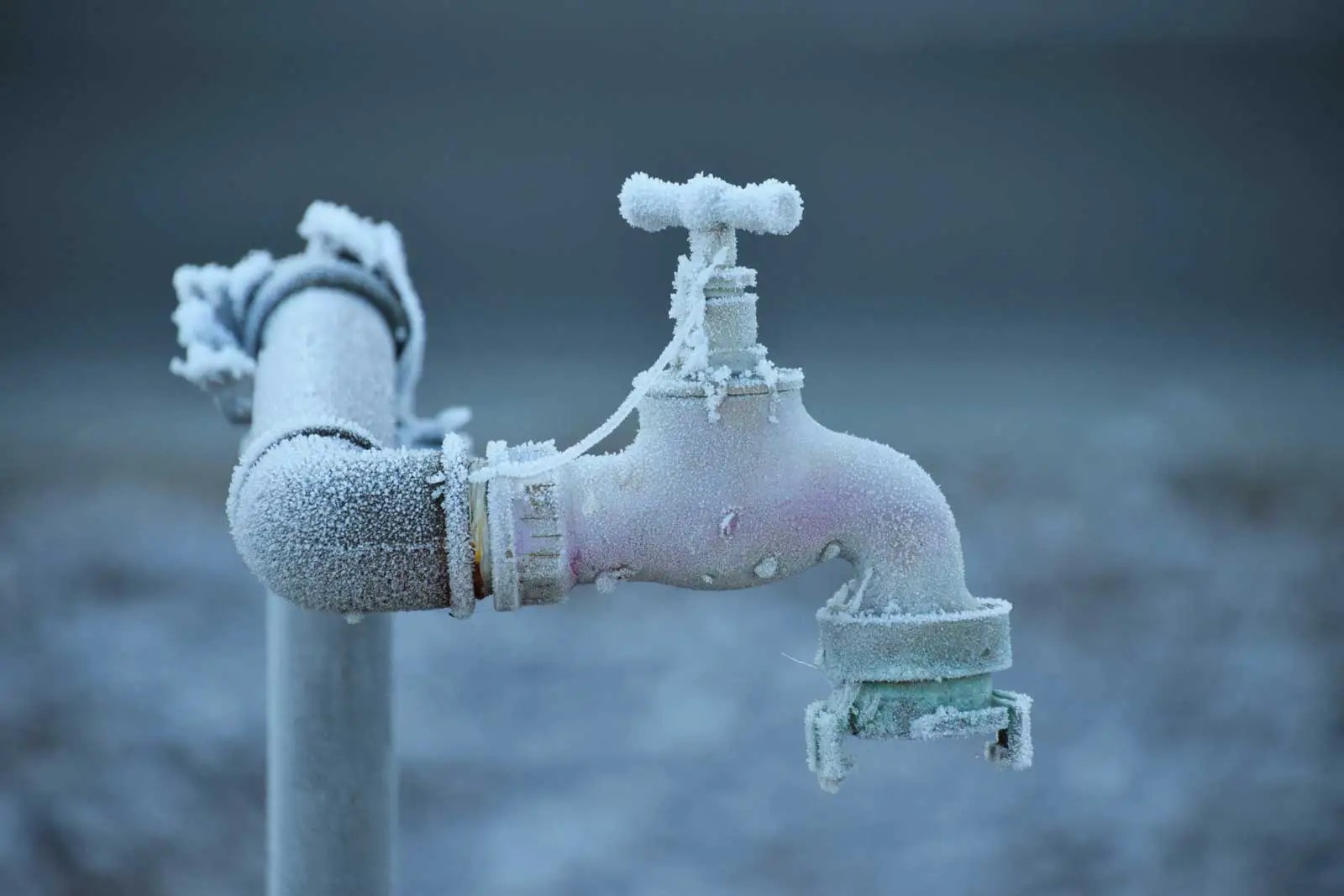

0 thoughts on “At What Outdoor Temperature Will Pipes Freeze”